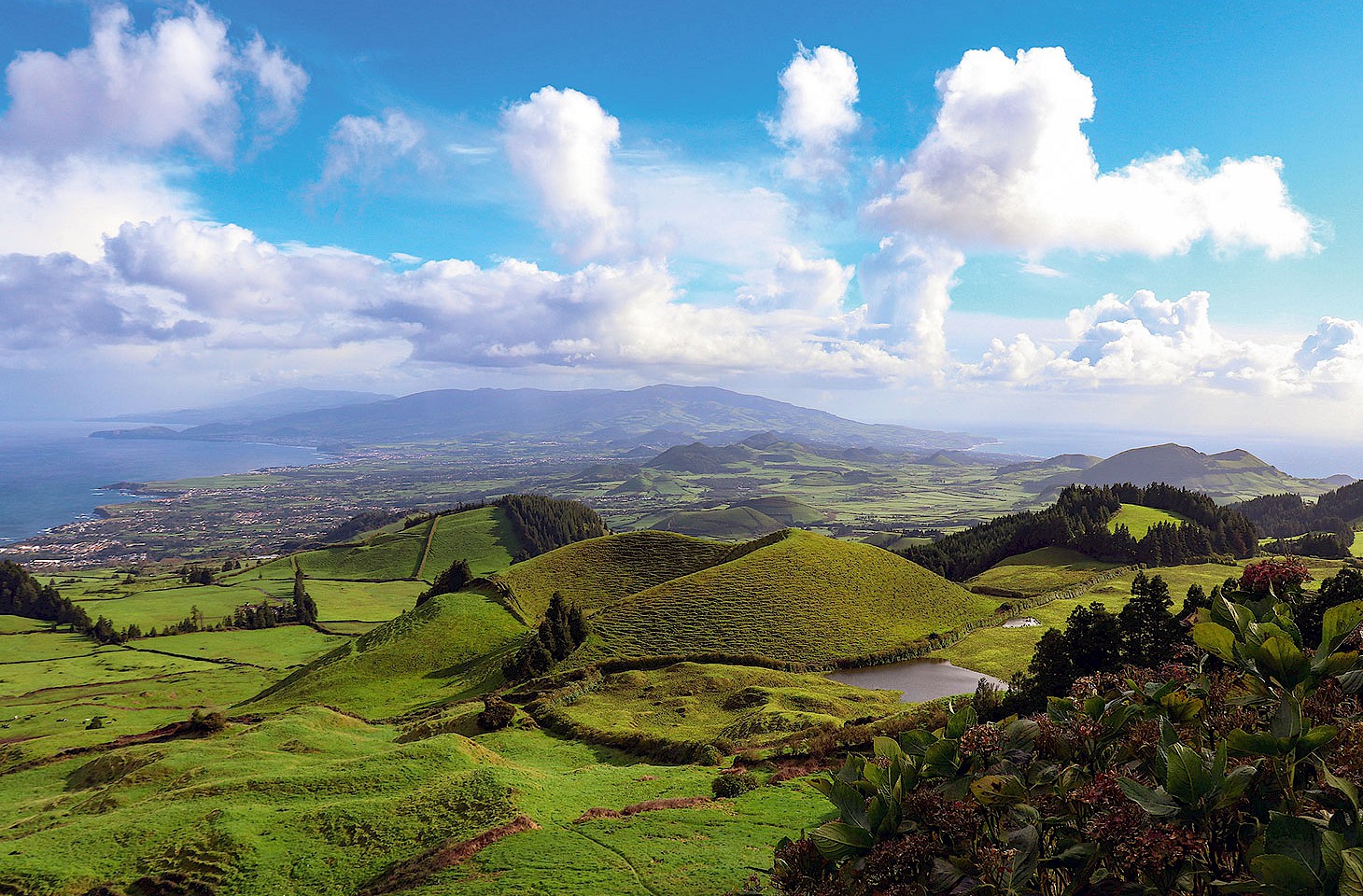We have over the years learnt to treat the Tatra Mountains with respect. Part of the long Carpathian chain which sweeps through seven European countries, the Tatra summits above Zakopane are the highest lands on Polish territory.
“That’s the closest I’m ever going to get to Heaven,” says our friend Tadeusz as he recalls the day when he and three other seminarians accompanied one of their Kraków professors to the top of Rysy. That mountain top in the Tatras is Poland’s highest pinnacle, though it is a slight dent to national pride that just a few metres away, on the Slovak side of the border, the contours rise even higher. “God probably felt that the Slovakians needed that extra push towards Heaven,” quips Tadeusz.
The Catholic Church parted company with Tadeusz long before the young man ever reached ordination. Yet a half-century after Tadeusz climbed Rysy with the tutor and guide who later became Pope, he has not lost his respect for the mountains. On a clear day, Tadeusz can see the distant line of the hills from his Kraków apartment. He recalls how the future Pope John Paul II, when he was an enthusiastic young professor at the Jagiellonian University in Kraków, would speak of mountains with great reverence.
There are a dozen ways to reach the Polish Tatras and we have over the years tried most of them. We have stood on the Slovak summits and looked down into Poland. We have taken the back road through Lysa Polana which skirts the northern slopes of Havran before dropping down to cross the Polish border in a dank little valley full of ferns and dripping firs. And we have taken the train from Kraków up to Zakopane. Oddly, it is that train journey which most convincingly evokes the spirit of a pilgrimage.




